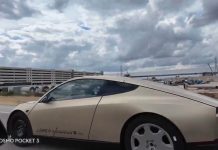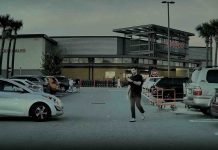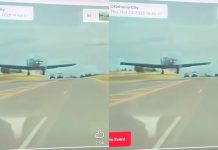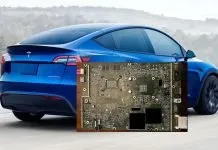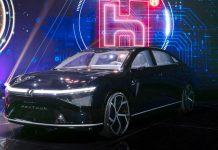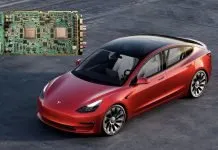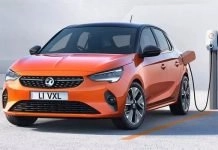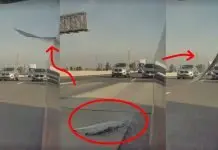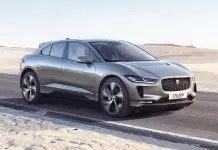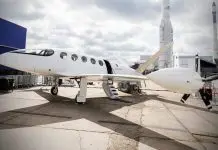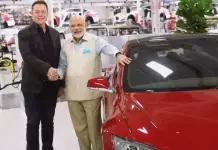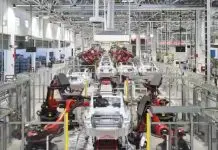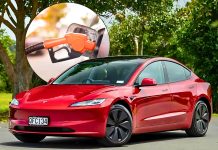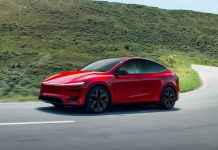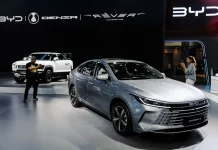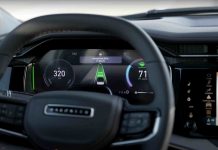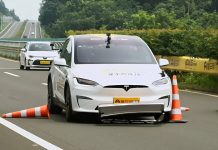The highly anticipated Cybercab from Tesla has been spotted once again near Giga Texas, this time while it was on the road, with people watching. Not only its sleek design, but also what caught everyone’s attention. Those who noticed the prototype could see a steering wheel on it and side mirrors, which appear to be out of context on a car that Tesla has been advertising as completely autonomous and devoid of a steering wheel.
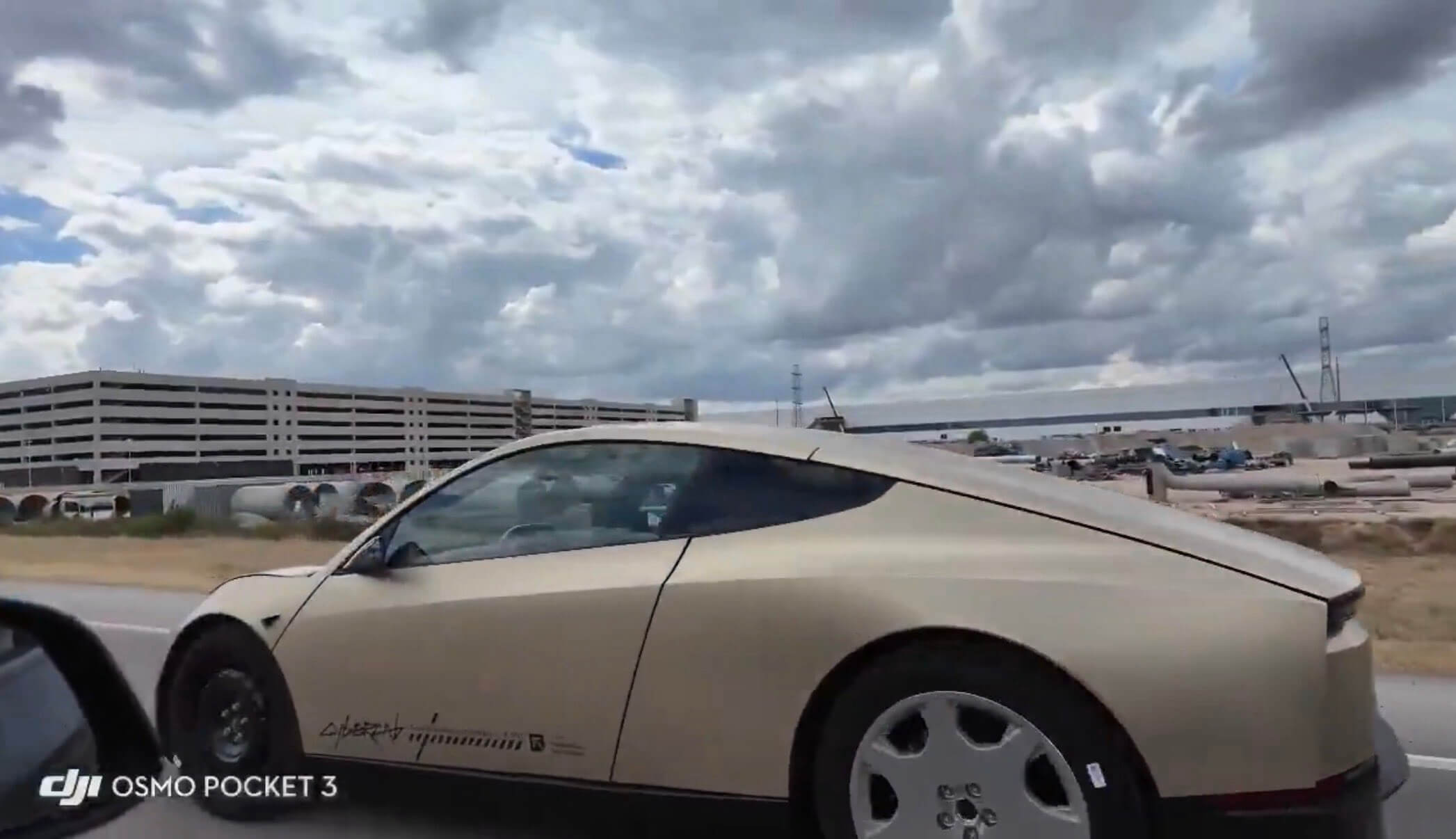
A Fresh Glance at the Newest Prototype
As photos and drone footage of the Cybercab prototype reveal, the prototype still features a sharp, minimalist exterior, reminiscent of the unique Cybertruck design of Tesla. Nonetheless, in the cabin, one could notice a steering wheel that is reminiscent of a Cybertruck that has more traditional side mirrors on the outside.
Such additions, though unexpected to the majority, have a purpose. It has been reported that these features are provisional testing features provided with a view to safety and to be compliant with the regulations of vehicles on the public roads.
🔥Tesla CyberCab spotted testing with a steering wheel and side mirrors on open roads near GigaTexas!
The steering wheel looks similar to the one in the Cybertruck. https://t.co/dCQqkY74Bw pic.twitter.com/11FtmjDGBA
— The Tesla Newswire (@TeslaNewswire) October 26, 2025
The Truth About the Steering Wheel and Mirrors
Not a Tesla App and Teslarati sources have detailed that the final design does not include the steering wheel or the mirrors. Rather, they are attached tools used to validate engineering and safety during test drives. Tesla engineers could not legally and safely perform any public-road testing without these traditional controls.
According to one report, this even features a temporary, bolt-on steering wheel, used solely in engineering tests. Similarly, side mirrors are still required in road-legal prototypes, despite Tesla possibly eventually deciding to use camera-based systems in production.
Did Tesla Not Already Cover This?
Yes, well, Tesla has already made this point clear. The company in the past has already mentioned that the early Cybercab prototypes would have temporary steering wheels and driver controls in the testing phase. Such vehicles are called engineering mules, which are intended to test systems, including braking, steering response, and Full Self-Driving (FSD) behavior in the real world. The long-term objective of Tesla is to eliminate these elements as soon as the autonomous performance of the vehicle is regulated and safe.
This is the common method of testing in automotive development, particularly with state-of-the-art autonomous platforms. It has the capability of human operators taking control in case of need, and safe and reliable data is collected in challenging road conditions.
Regulatory and Safety Issues
The U.S. still has a very limited autonomous vehicle road testing without any driver inputs, outside of a closed test area. In order to comply, Tesla will have to follow the available road safety guidelines requiring manual driving controls and mirrors.
The inclusion of them guarantees Tesla that its engineers will be able to take corrective measures in the case of unexpected situations in autonomous systems, but it will also gather valuable data about the actual performance of its FSD software.
Tesla is also devoted to the driverless future, and the Cybercab is a symbol of the vision. Elon Musk, the CEO, has made it very clear on numerous occasions that the company is aiming at developing a fully autonomous ride-hailing fleet where human drivers are not needed at all. At least, in the present state of affairs, practical testing must be human-controlled – and that involves providing prototypes with temporary controls.

